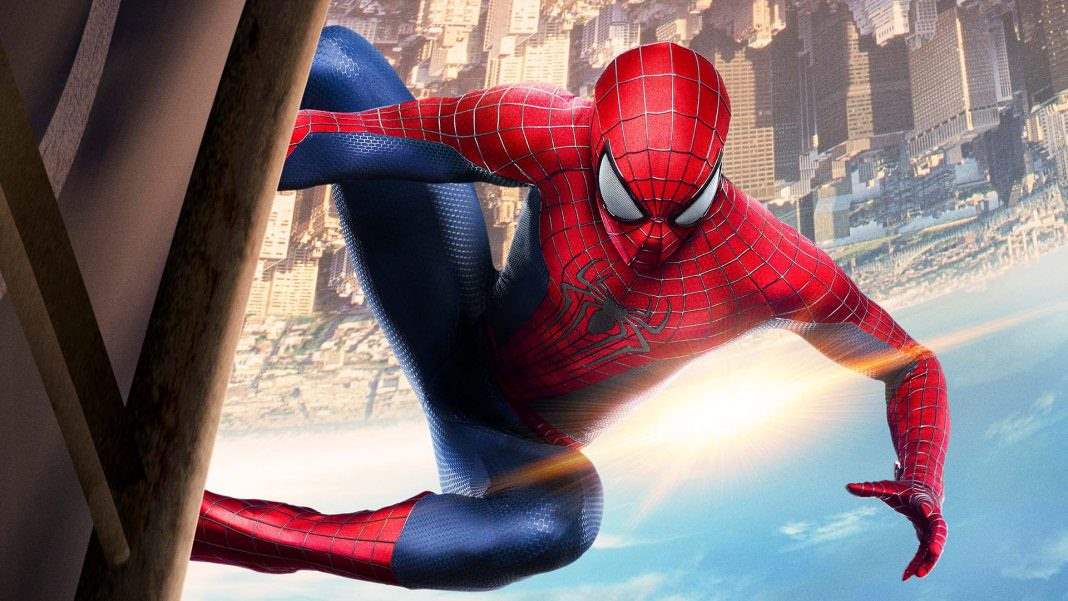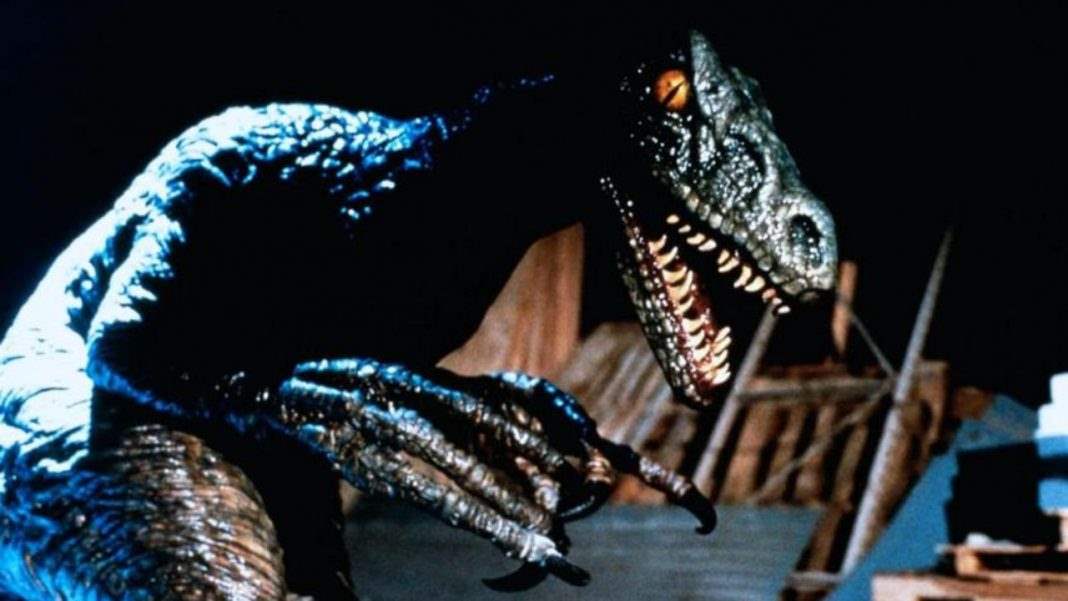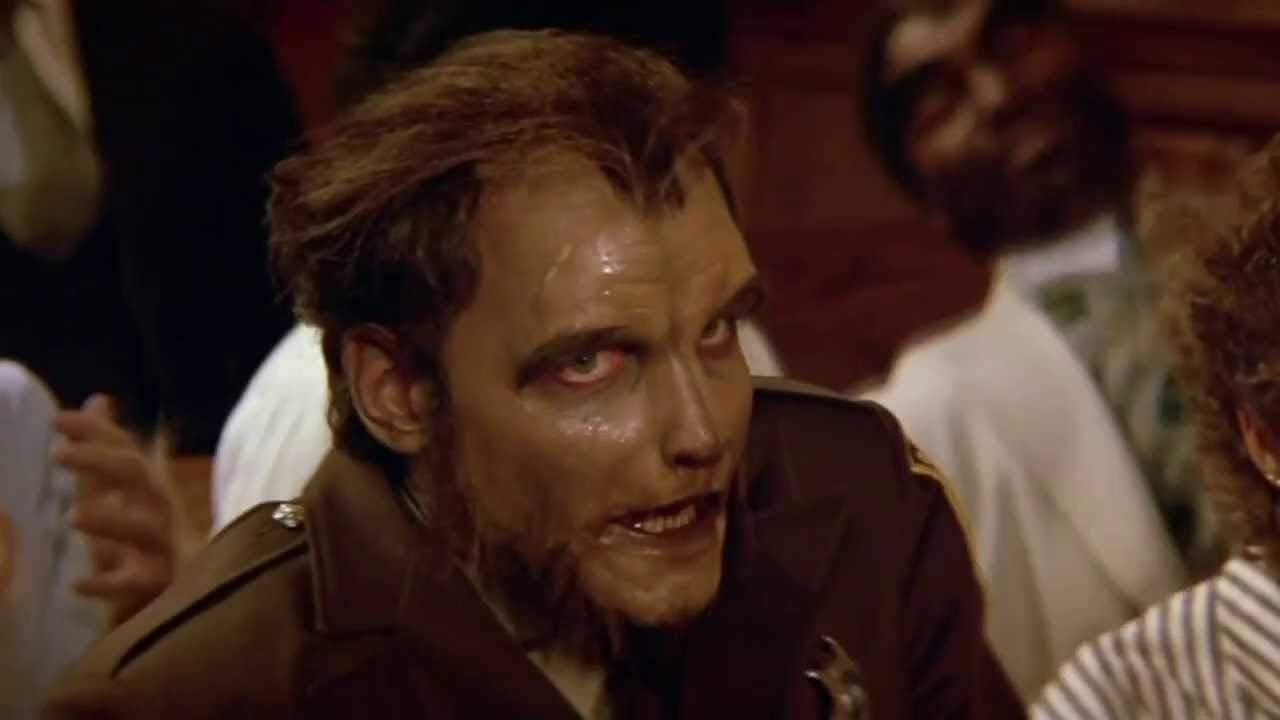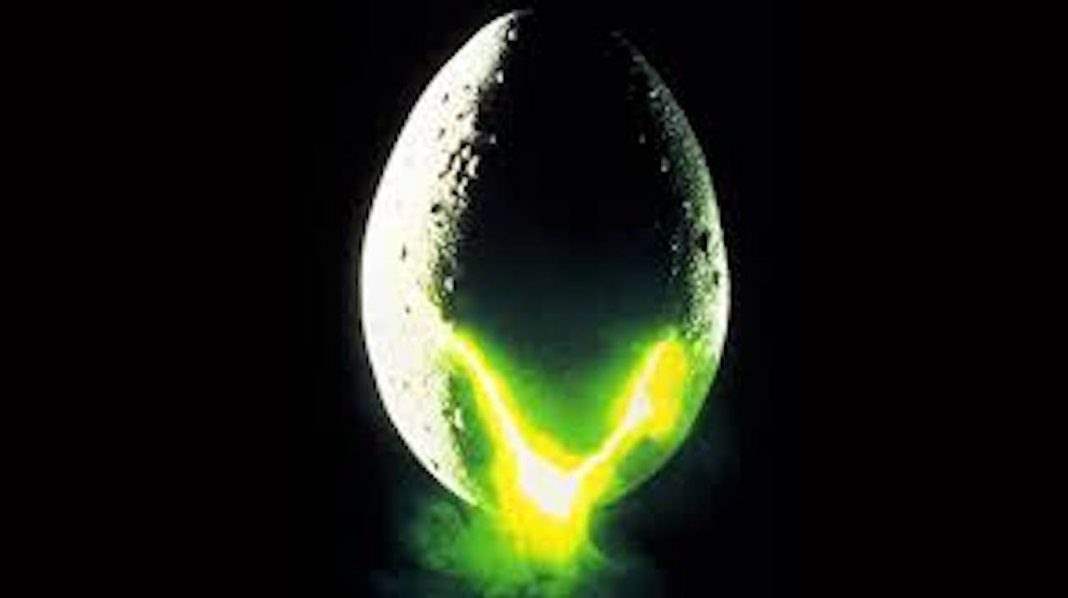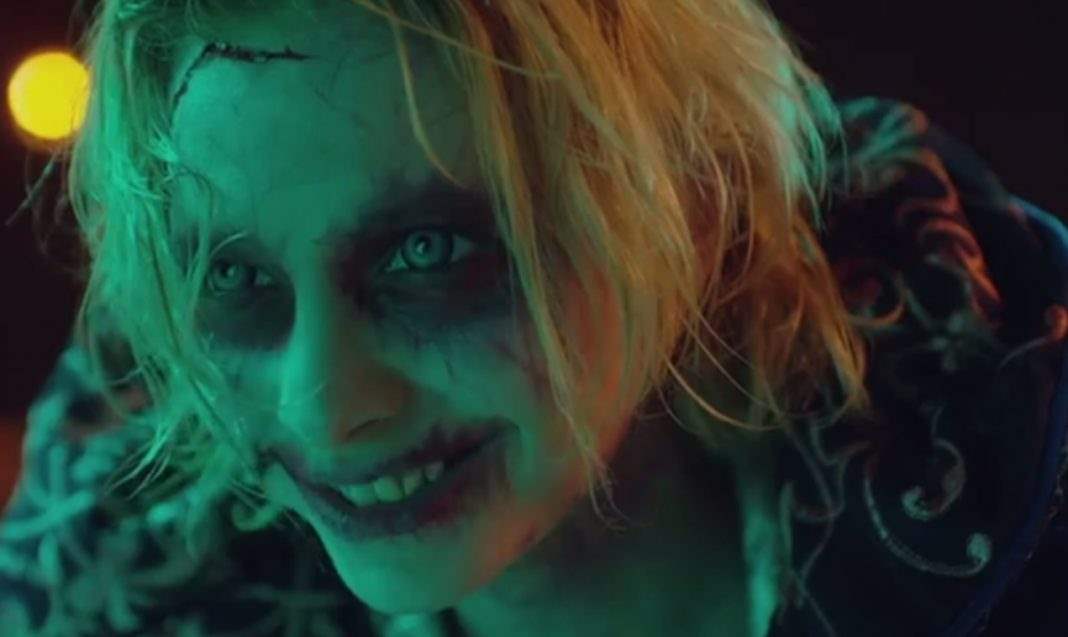The journey that Spider-Man has had to become the most iconic Marvel superhero of all time is nothing short of, well, amazing. Created in 1963 by Stan Lee and Steve Ditko, after the breakout success of The Fantastic Four, the publisher had absolutely no faith in the idea and Lee was forced to write the idea into the last issue of a failing series called Amazing Fantasy. It was the last issue and he knew nobody would care what went into it, so he snuck in Spider-Man, a character that had already been rejected outright.
Everything that makes Spider-Man work as a character, every reason he’s had such a lasting legacy was a reason given to Stan Lee as to why it would never sell. People wouldn’t buy this book because superheroes weren’t teenagers. They didn’t go to high school. They didn’t have problems outside of dynamic, unreachable goals like saving the world from imminent disaster. At the time, it was widely considered that superheroes were successful because you couldn’t identify with them. They were better than you.
Spider-Man changed that. He changed everything. And when you look at the character at a glance, the horror influences don’t seem obvious. This is a heroic character who’s very bright, fun, very witty. When we think of dark, Spider-Man doesn’t immediately come to mind. But when you start picking apart the mythology, the influences couldn’t be clearer.
In 1963, when Spider-Man made his debut, the pop culture landscape was still overpopulated with monsters. The 1950s were known for atomic age horror. For about a ten year period, horror and science fiction were indistinguishable. Radioactive monsters dominated the big screen, even if they did so on very small budgets.

Then, with the rise in popularity of drive-ins, more and more teenagers started going to the movies. Naturally, more and more pictures started being marketed to them as a result. Horror and sci-fi became teen horror and teen sci-fi and in many ways they’ve remained that way ever since. In the late ‘50s, classic monsters started to make a comeback, but they did so through this teenage lens. This brief period—before the classics made a full comeback with the Hammer era—gave us features like I Was a Teenage Werewolf and I Was a Teenage Frankenstein.
When you look at all of these elements together, this was the perfect storm in which to produce a character like Spider-Man. His story starts off like many other teen horror flicks of the era. He’s a troubled teen with low self-esteem who gets into an accident that causes him to undergo amazing changes. It’s the start of a monster movie.
But, of course, things wind up going in a different direction. Instead of mutating into a giant spider, Peter Parker’s transformation is internalized. He gains the abilities of the spider, but not the appearance. That’s how it spins the creature features of the era on their head. He doesn’t become a bug, he becomes a superhero.
 Still, just like I Was a Teenage Werewolf, Peter Parker’s transition into Spider-Man is a clear metaphor for puberty. All of a sudden, he’s going through some very drastic changes. He just wakes up and his body is completely alien to him. These changes are dynamic, but more approachable than becoming a werewolf.
Still, just like I Was a Teenage Werewolf, Peter Parker’s transition into Spider-Man is a clear metaphor for puberty. All of a sudden, he’s going through some very drastic changes. He just wakes up and his body is completely alien to him. These changes are dynamic, but more approachable than becoming a werewolf.
Spider-Man may not necessarily embrace horror traditions the way that, say, Batman embraces his gothic roots, but they’re still there. Whether intentional or not, they continue to be there. They’ve been brilliantly reworked over time so that Spider-Man is an inversion of so many atomic age horror tropes. Even the title of the original, flagship comic series The Amazing Spider-Man sounds like a ‘50s monster movie. It sounds like something that would play on a double bill with This Island Earth.
Even if he doesn’t wear a mask to hide his hideous face, Spider-Man is a classic monster hero. Many of the original Marvel heroes are. We’ve already pointed out the horror roots of the Hulk, but the same goes for The Thing and Doctor Strange—who was based on Vincent Price—and so many more.
 These atomic age influences aren’t just inherent in Peter’s character, they’re all over his whole world. This mythology is based on classic 1950s archetypes. Some of the biggest creature features of the era, Godzilla and Them! in particular, were basically told by the media. The narratives of those films were driven by headlines. News reports, spinning graphics of newspapers, these all dictated what the monster had done and where the monster was going next.
These atomic age influences aren’t just inherent in Peter’s character, they’re all over his whole world. This mythology is based on classic 1950s archetypes. Some of the biggest creature features of the era, Godzilla and Them! in particular, were basically told by the media. The narratives of those films were driven by headlines. News reports, spinning graphics of newspapers, these all dictated what the monster had done and where the monster was going next.
With that in mind, it’s no surprise that Spider-Man’s greatest enemy will always be the media. In that respect, he’s just as much a misunderstood monster as Godzilla. Because he’s constantly being reported on as this terrible menace. Of course, he’s much less destructive, but he gets blamed for everything. No matter what threats he faces or how many times he saves the city, J. Jonah Jameson will always be the biggest thorn in his side.
But even though Jameson is not technically a villain, he one huge thing in common with almost all of Spider-Man’s enemies in that he’s an authority figure. Starting out as a teenage superhero, it’s no surprise that most of his enemies would come from a position of authority. Doctors, teachers, businessmen, those are the people he’s constantly thrown into battle with. Many of the biggest ones even serve as mentors to him when they’re not actively trying to destroy his life. Jameson, the Green Goblin and Dr. Octopus all certainly have that in common.
 That ties into a central theme for Spider-Man as a character in the fact that so many of his most iconic villains are would-be father figures. In that brief origin story in Amazing Fantasy, Peter loses two fathers. He loses his parents when he’s very young and then he’s raised by his Aunt May and Uncle Ben. It’s Ben’s death, being the man who helped raise him, that haunts him and plants the seed of Peter’s growth into a full-fledged superhero. Spider-Man’s mantra is something his uncle would say to him, “With great power, there must also come great responsibility.”
That ties into a central theme for Spider-Man as a character in the fact that so many of his most iconic villains are would-be father figures. In that brief origin story in Amazing Fantasy, Peter loses two fathers. He loses his parents when he’s very young and then he’s raised by his Aunt May and Uncle Ben. It’s Ben’s death, being the man who helped raise him, that haunts him and plants the seed of Peter’s growth into a full-fledged superhero. Spider-Man’s mantra is something his uncle would say to him, “With great power, there must also come great responsibility.”
Naturally, his rogues gallery all form a twisted mirror image of that. They have all of the power, none of the responsibility. And there’s a reason for that that goes all the way back to those B-Movie influences. The entire point of things like Them! and Godzilla and even I Was a Teenage Werewolf were to point out that science had gotten wildly irresponsible. It was the age of the atomic bomb. That was what all science fiction at the time boiled down to.
Spider-Man’s villains are great because they don’t start out as bad people. They start out as idealists. They’re trying to better the world. In Spider-Man 2, all Dr. Octavius is trying to do is crack the solution to sustainable energy. But it’s how far he’ll go to do that that transforms him into Dr. Octopus.
 The problem is that, more often than not, they’re either using their scientific knowledge to better themselves instead of their world—like The Lizard or Morbius—or they’re not taking no for an answer when their project simply isn’t ready, like Doc Ock and the Green Goblin. That’s ultimately what’s so tragic about Spider-Man’s relationship with his enemies. He’s a science geek himself. They’re people he idolized before they went bad. They’re people who could be working on the cure for cancer, who could crack the AIDS vaccine, and instead they’re doing this. They’re mad scientists.
The problem is that, more often than not, they’re either using their scientific knowledge to better themselves instead of their world—like The Lizard or Morbius—or they’re not taking no for an answer when their project simply isn’t ready, like Doc Ock and the Green Goblin. That’s ultimately what’s so tragic about Spider-Man’s relationship with his enemies. He’s a science geek himself. They’re people he idolized before they went bad. They’re people who could be working on the cure for cancer, who could crack the AIDS vaccine, and instead they’re doing this. They’re mad scientists.
They’re all classic, B-Movie mad scientists, but they’re handled with such weight and gravitas that it can be easy to forget those roots. With the sixth theatrical Spider-Man film on the horizon, it’s good to remember where he came from. If anything, Homecoming looks to adhere to its atomic age roots more than many of its predecessors.
 Once again, Spidey’s going to be a teenager. Once again, he’s going into battle against a technical genius who lost his way. It’s a story we’ve seen a hundred times, in comics, movies, cartoons and even live-action TV. And it’s one that will never get old. Because we’d already seen it a hundred times before it was retooled as the story of the boy bitten by a radioactive spider.
Once again, Spidey’s going to be a teenager. Once again, he’s going into battle against a technical genius who lost his way. It’s a story we’ve seen a hundred times, in comics, movies, cartoons and even live-action TV. And it’s one that will never get old. Because we’d already seen it a hundred times before it was retooled as the story of the boy bitten by a radioactive spider.
Like The Fly before him, Peter Parker was the helpless victim of an accident. He wasn’t mutated, he didn’t become a monster. But all the same, he does whatever a spider can. And as over 50 years of pop culture success has proven, that’s enough.
